I'm trying to have multiple versions of STS start with their own workspaces via command line args and tried this as a reference.
It results in a:
$open -a ~/Applications/STS.app --args -clean
FSPathMakeRef(/Users/xxx/Applications/STS.app) failed with error -43.
Where is the executable for STS located?
I'm on MacOS High Sierra v.10.13.6
As far as I can remember, STS was initially downloaded as spring-tool-suite-3.9.3.RELEASE-e4.7.3-macosx-cocoa-x86_64.dmg and installed that way.
I read that on Mac one can right click on the .app and 'Show Package Content' which I tried:
However accessing it from the command line still doesn't work:
$ls -la ~/Applications/STS.app/Contents
ls: /Users/simeonleyzerzon/Applications/STS.app/Contents: No such file or directory
Per @greg-449's comment, I'm now trying to open STS and point it to another workspace location:
$ open -a /Applications/STS.app -data /temp
open: invalid option -- d
Usage: open [-e] [-t] [-f] [-W] [-R] [-n] [-g] [-h] [-s <partial SDK name>][-b <bundle identifier>] [-a <application>] [filenames] [--args arguments]
Help: Open opens files from a shell.
By default, opens each file using the default application for that file.
If the file is in the form of a URL, the file will be opened as a URL.
Options:
-a Opens with the specified application.
-b Opens with the specified application bundle identifier.
-e Opens with TextEdit.
-t Opens with default text editor.
-f Reads input from standard input and opens with TextEdit.
-F --fresh Launches the app fresh, that is, without restoring windows. Saved persistent state is lost, excluding Untitled documents.
-R, --reveal Selects in the Finder instead of opening.
-W, --wait-apps Blocks until the used applications are closed (even if they were already running).
--args All remaining arguments are passed in argv to the application's main() function instead of opened.
-n, --new Open a new instance of the application even if one is already running.
-j, --hide Launches the app hidden.
-g, --background Does not bring the application to the foreground.
-h, --header Searches header file locations for headers matching the given filenames, and opens them.
-s For -h, the SDK to use; if supplied, only SDKs whose names contain the argument value are searched.
Otherwise the highest versioned SDK in each platform is used.
